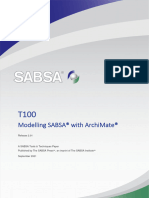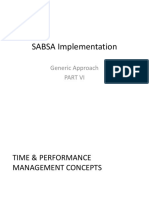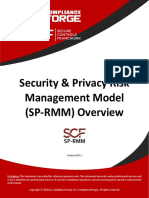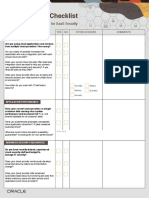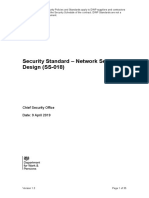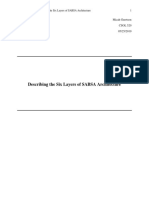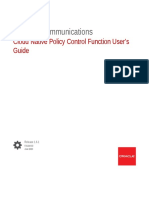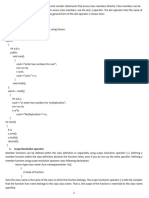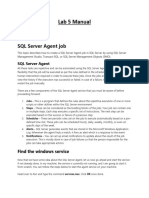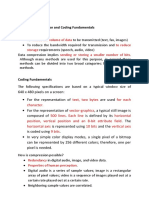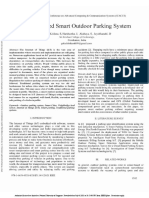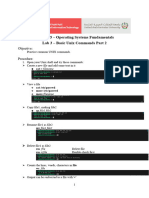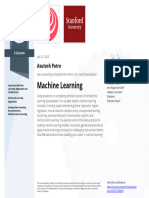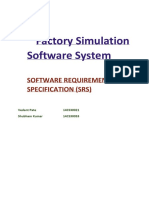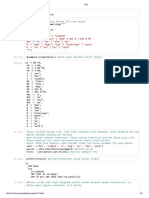0% found this document useful (0 votes)
911 views6 pagesSABSA Framework Security Layers
The document discusses the SABSA framework for securing systems. The SABSA framework has six layers - contextual, conceptual, logical, physical, component, and operational. Each layer addresses what assets need protection, why they need protection, how protection will be implemented, who is involved, where things are located, and when activities happen. The contextual layer starts by identifying business needs, while the operational layer oversees and monitors all the other layers. Following this framework helps design secure systems and reduce hacking risks.
Uploaded by
api-594428506Copyright
© © All Rights Reserved
We take content rights seriously. If you suspect this is your content, claim it here.
Available Formats
Download as DOCX, PDF, TXT or read online on Scribd
0% found this document useful (0 votes)
911 views6 pagesSABSA Framework Security Layers
The document discusses the SABSA framework for securing systems. The SABSA framework has six layers - contextual, conceptual, logical, physical, component, and operational. Each layer addresses what assets need protection, why they need protection, how protection will be implemented, who is involved, where things are located, and when activities happen. The contextual layer starts by identifying business needs, while the operational layer oversees and monitors all the other layers. Following this framework helps design secure systems and reduce hacking risks.
Uploaded by
api-594428506Copyright
© © All Rights Reserved
We take content rights seriously. If you suspect this is your content, claim it here.
Available Formats
Download as DOCX, PDF, TXT or read online on Scribd
/ 6








